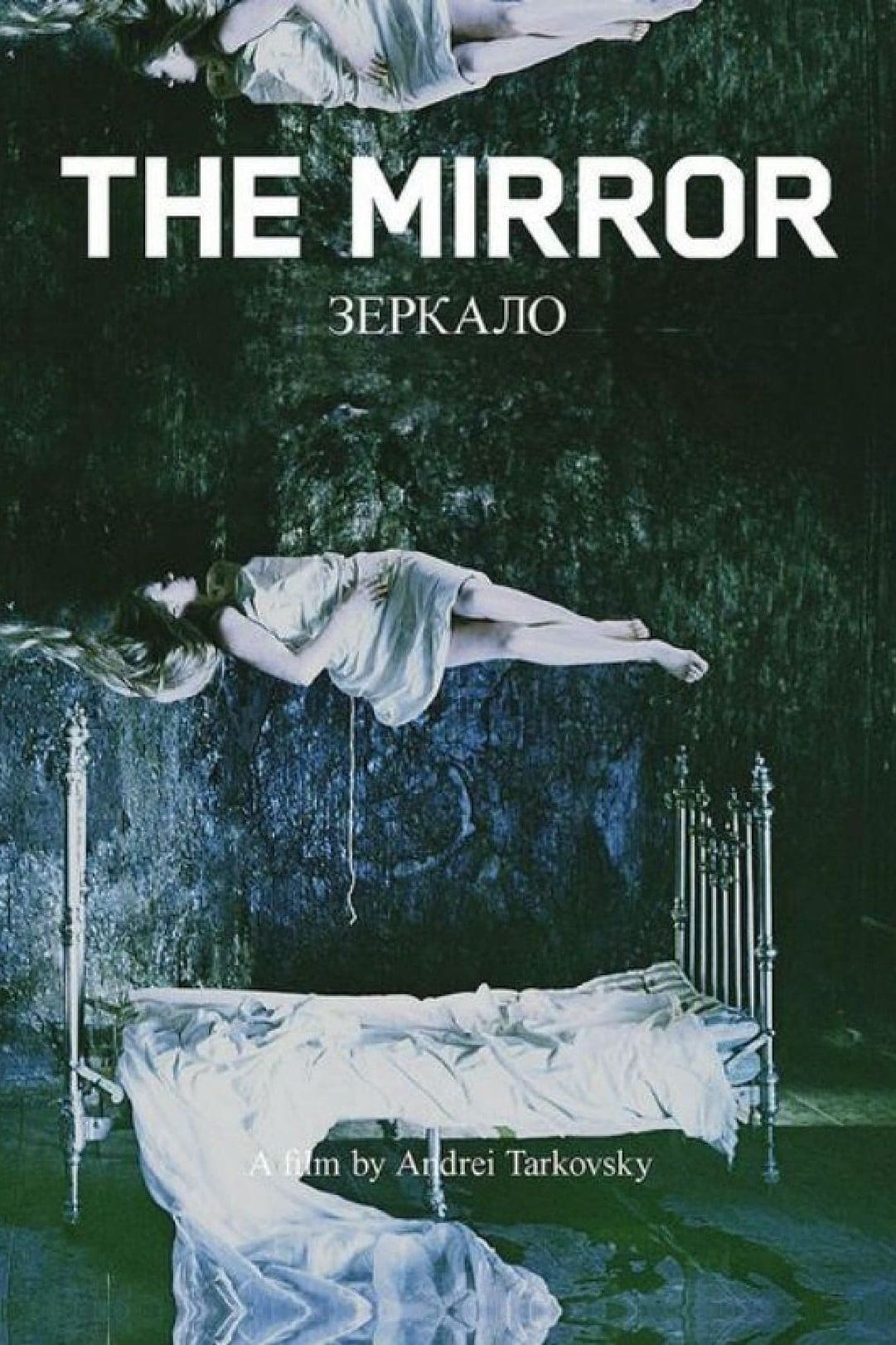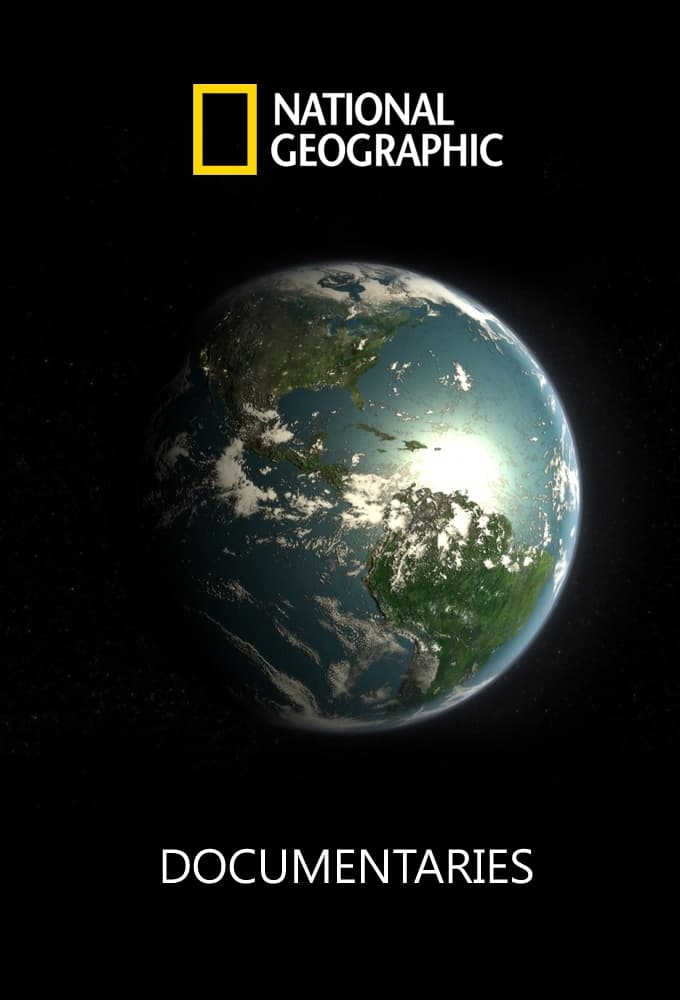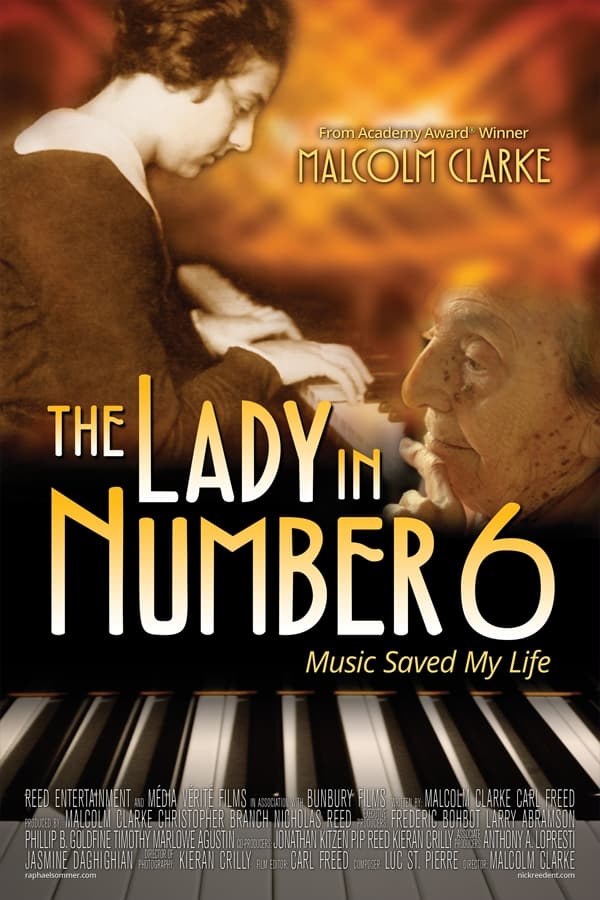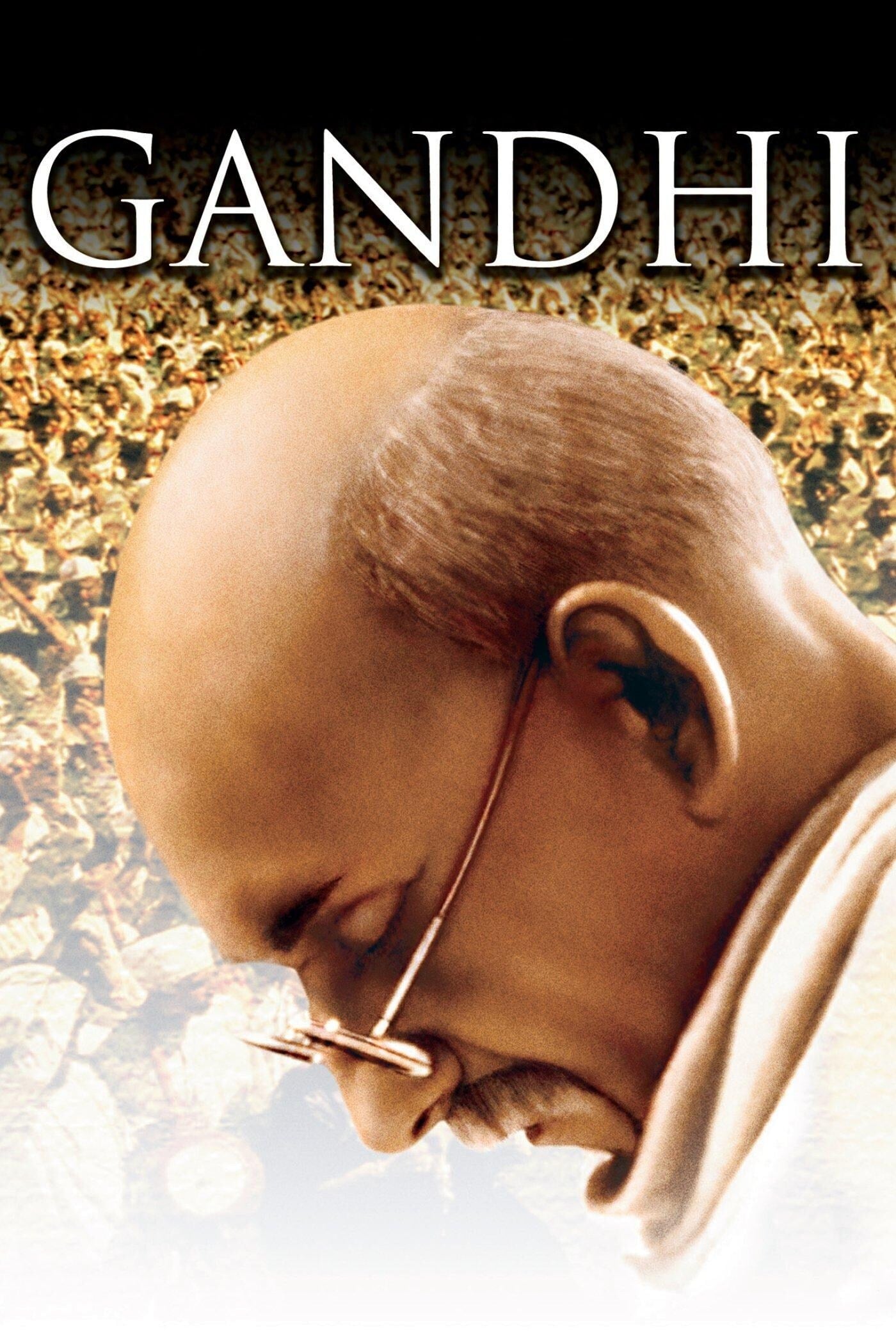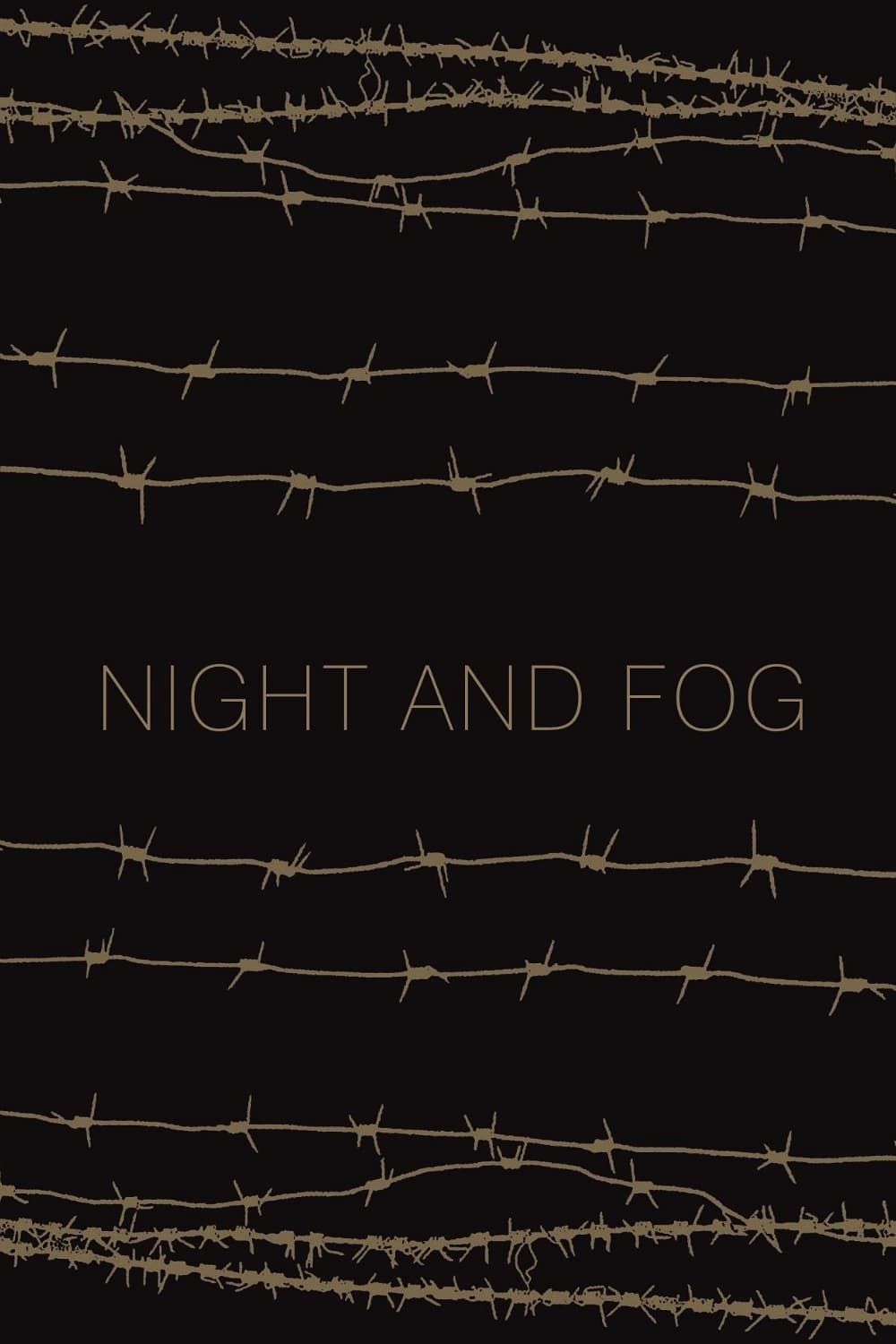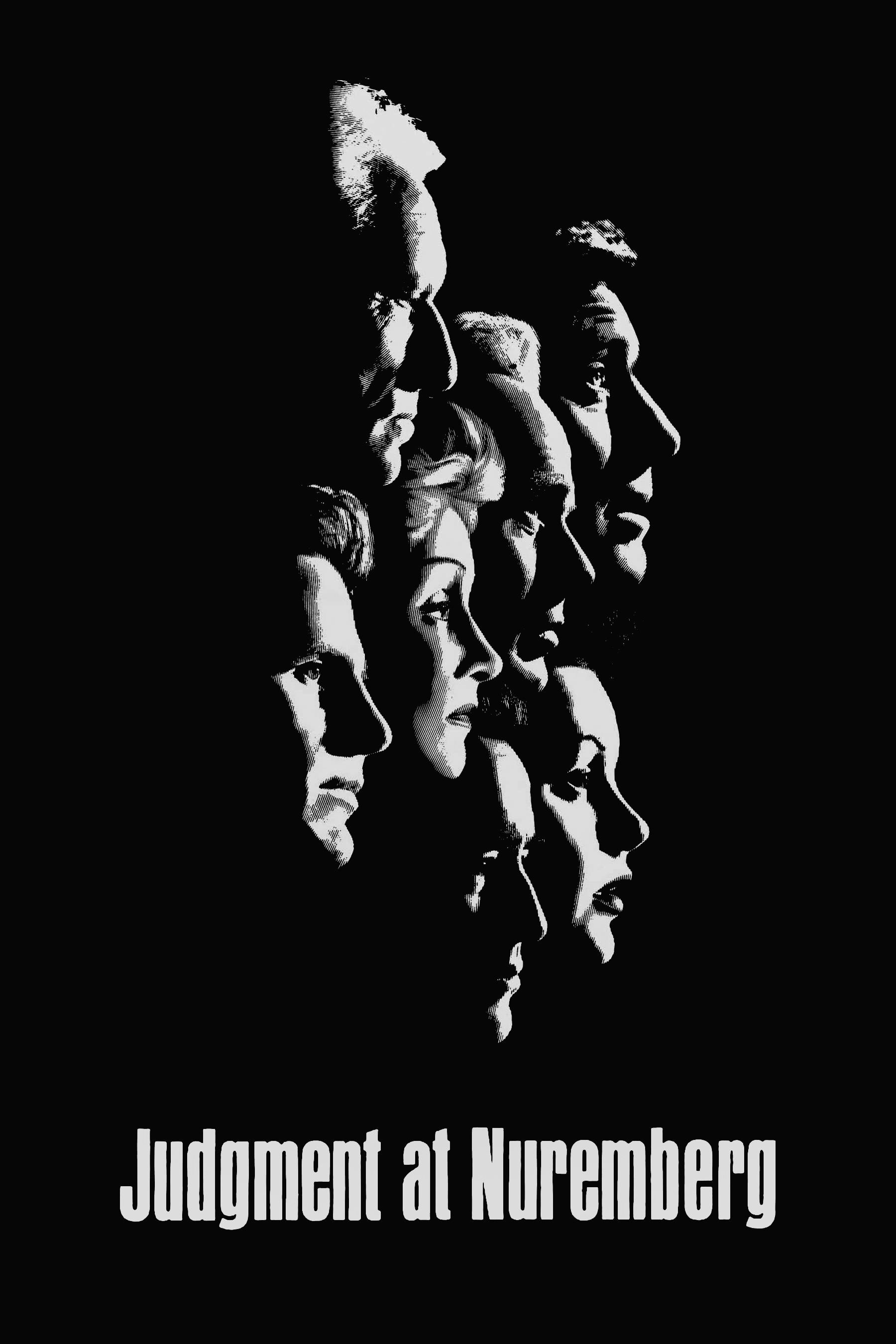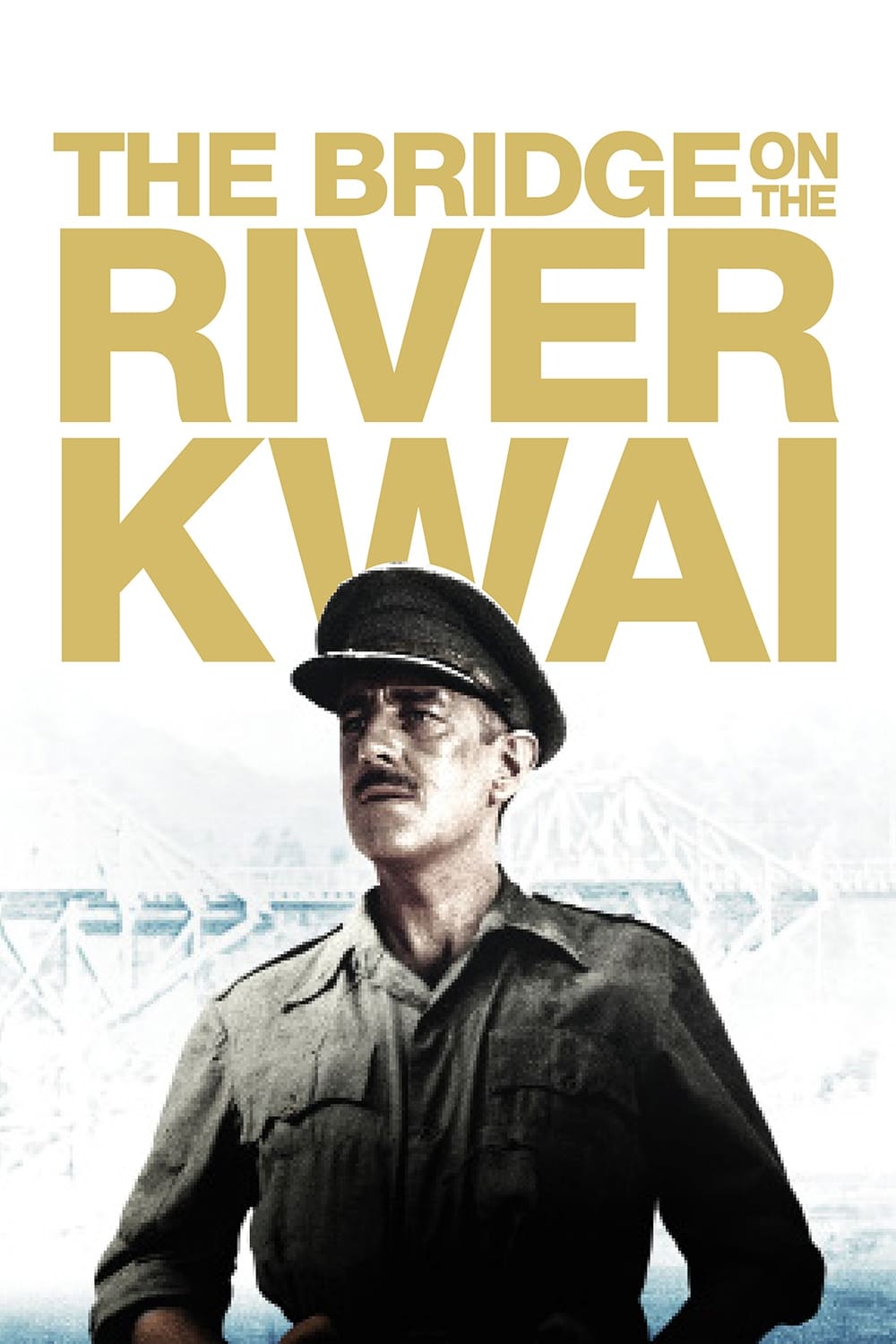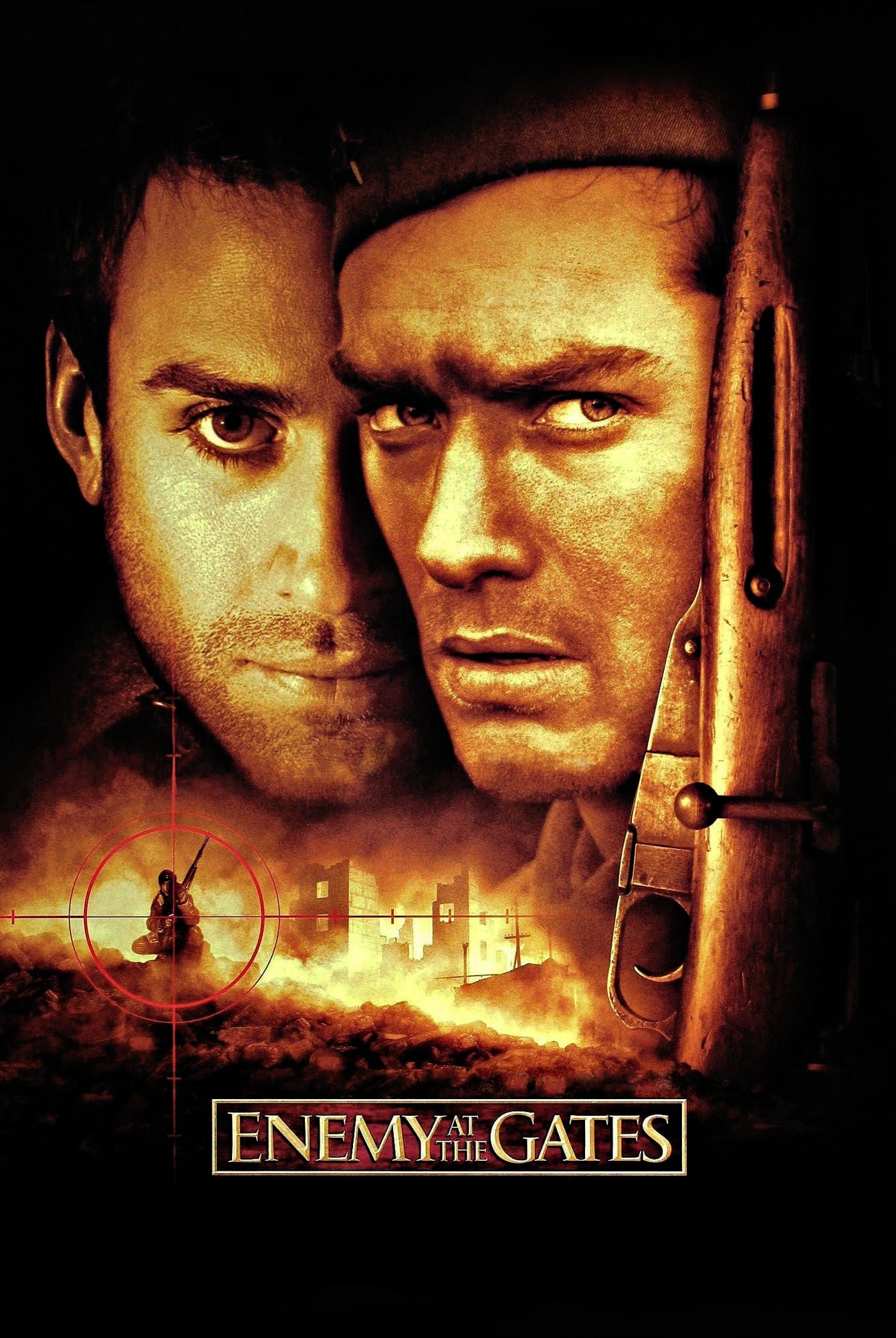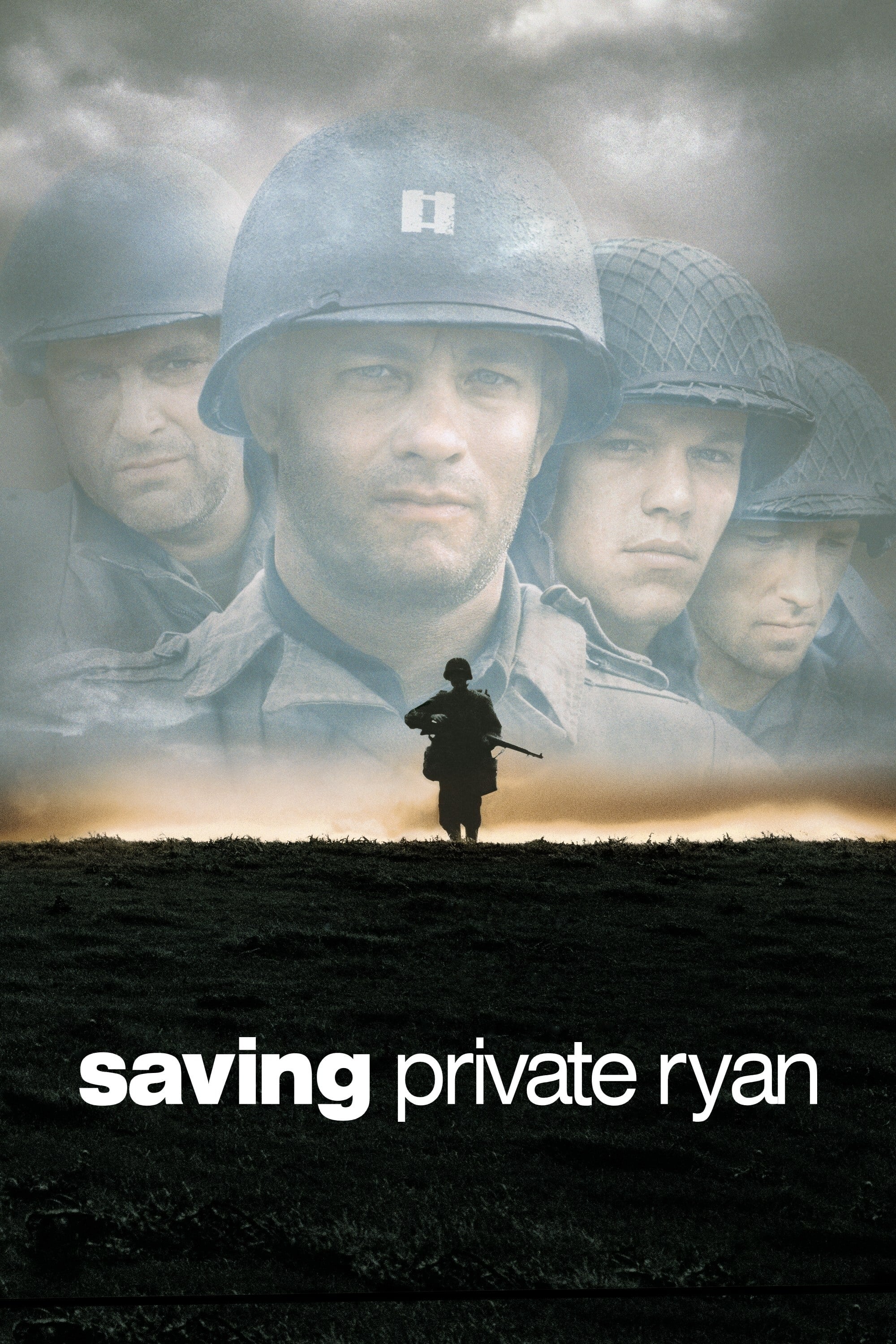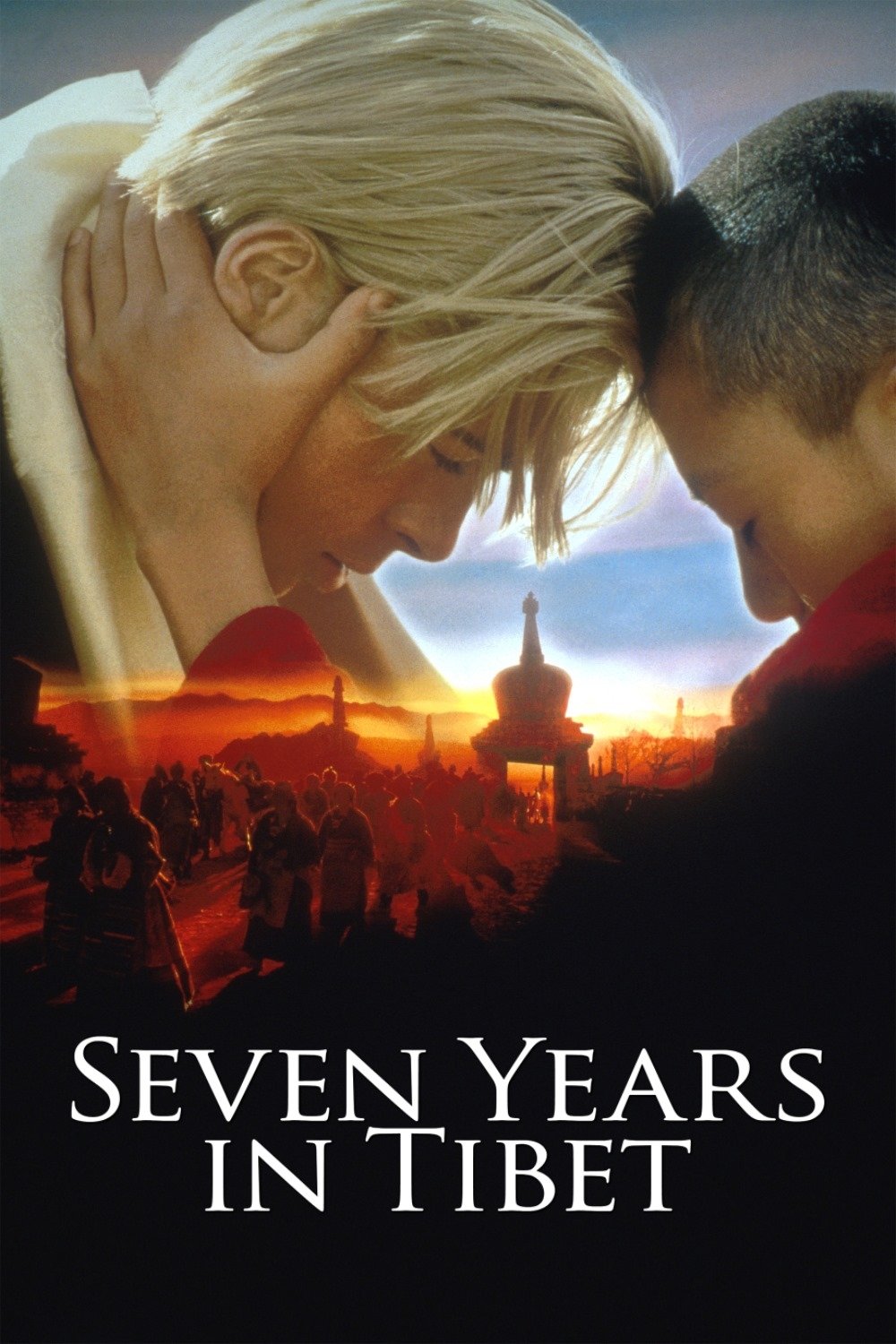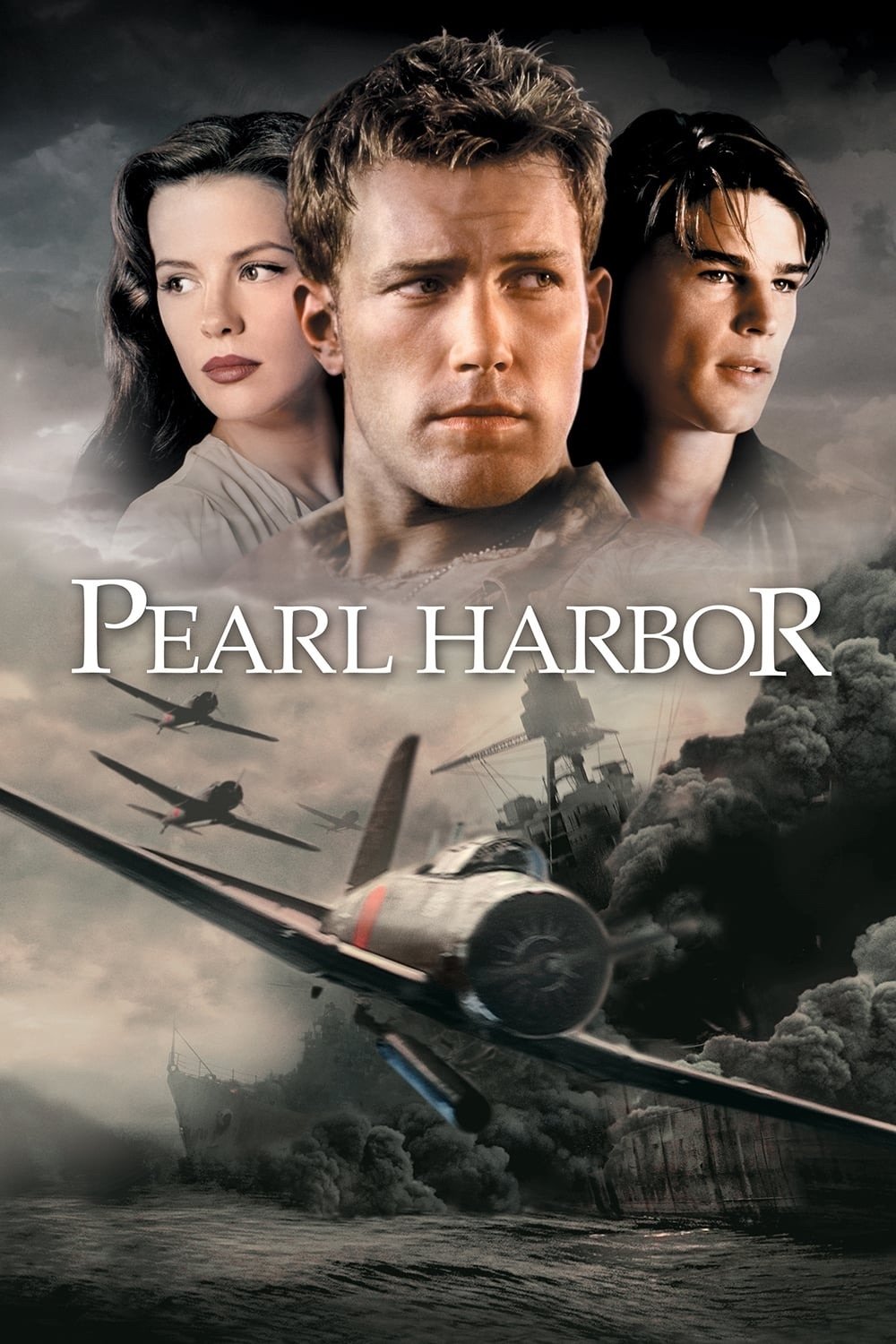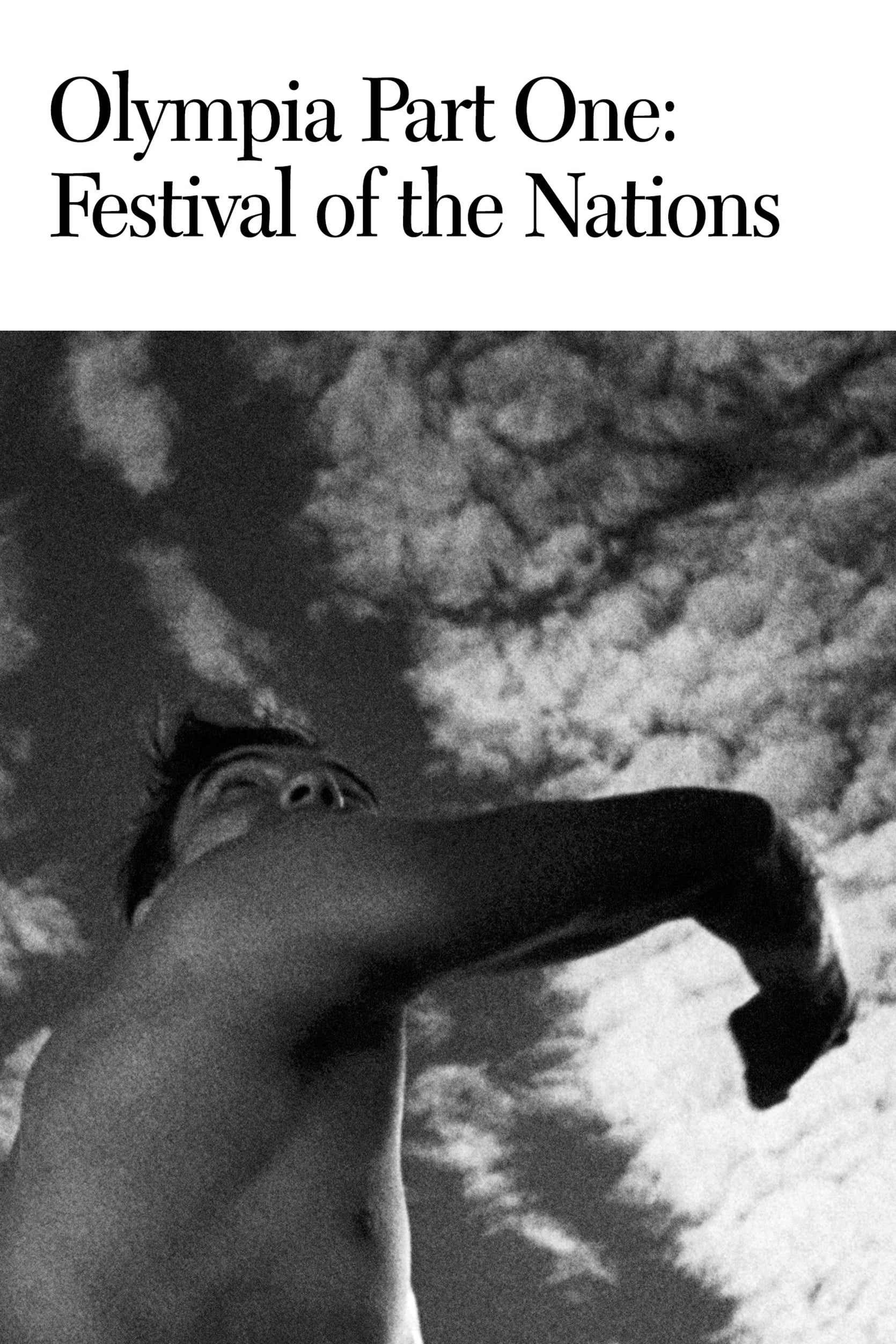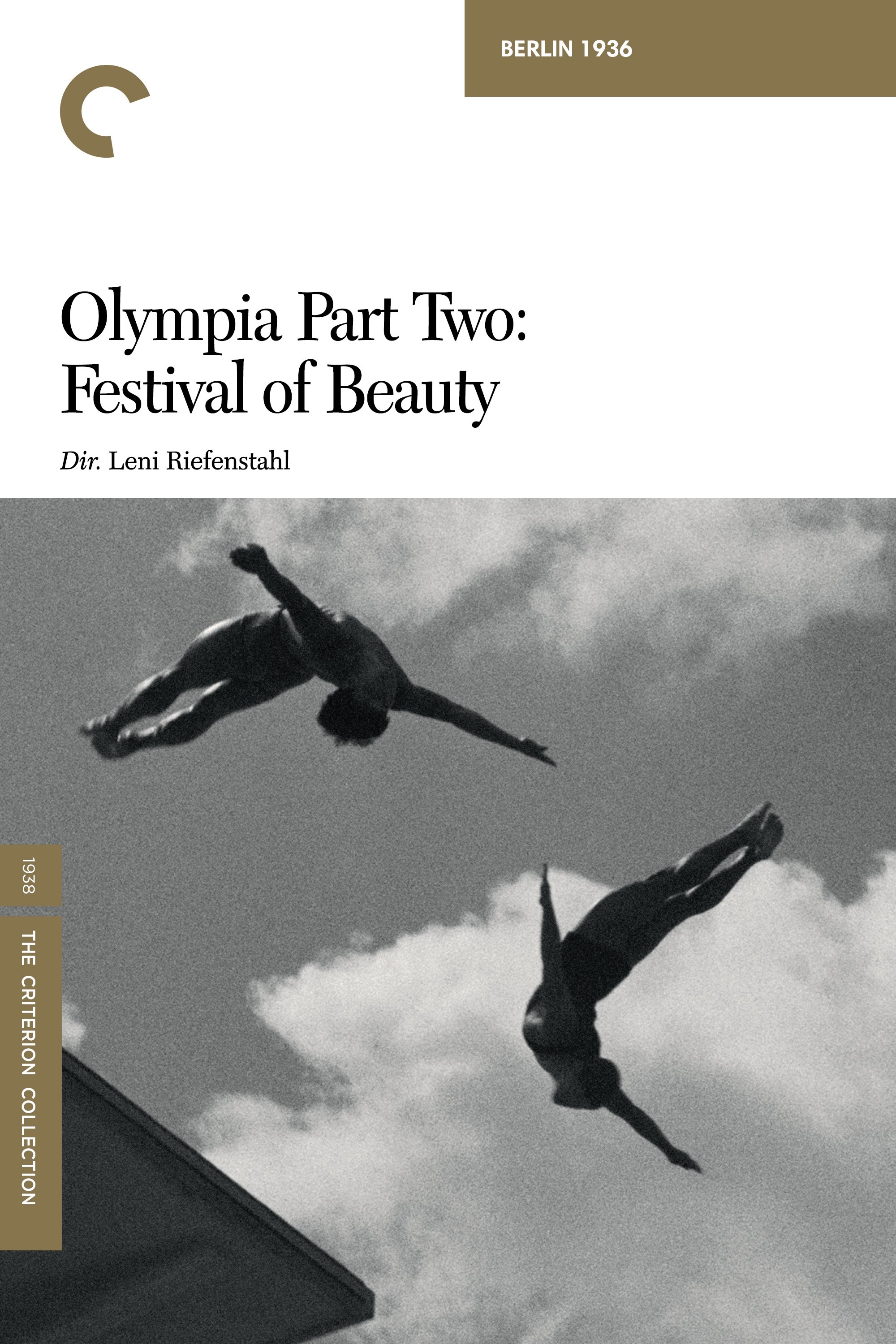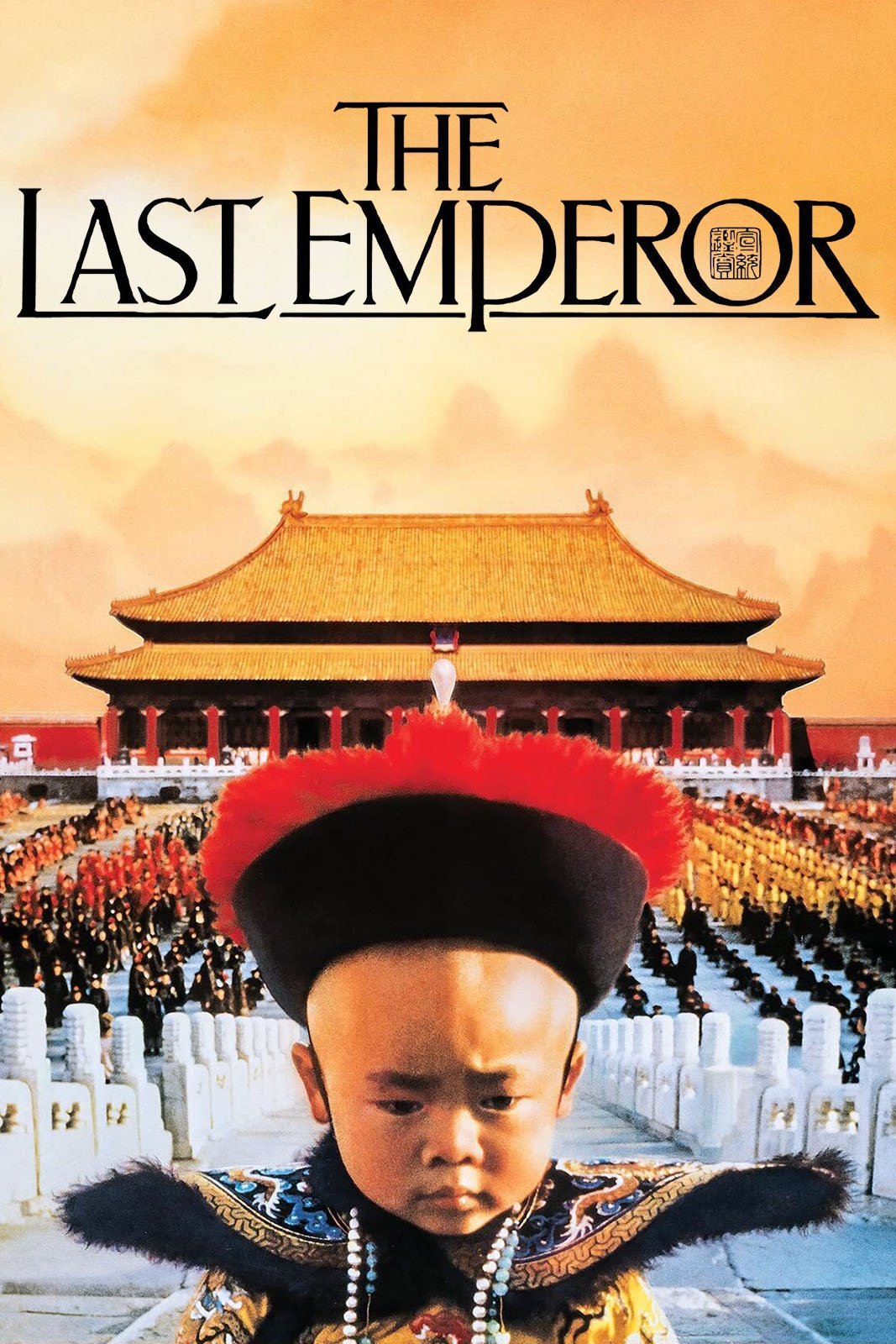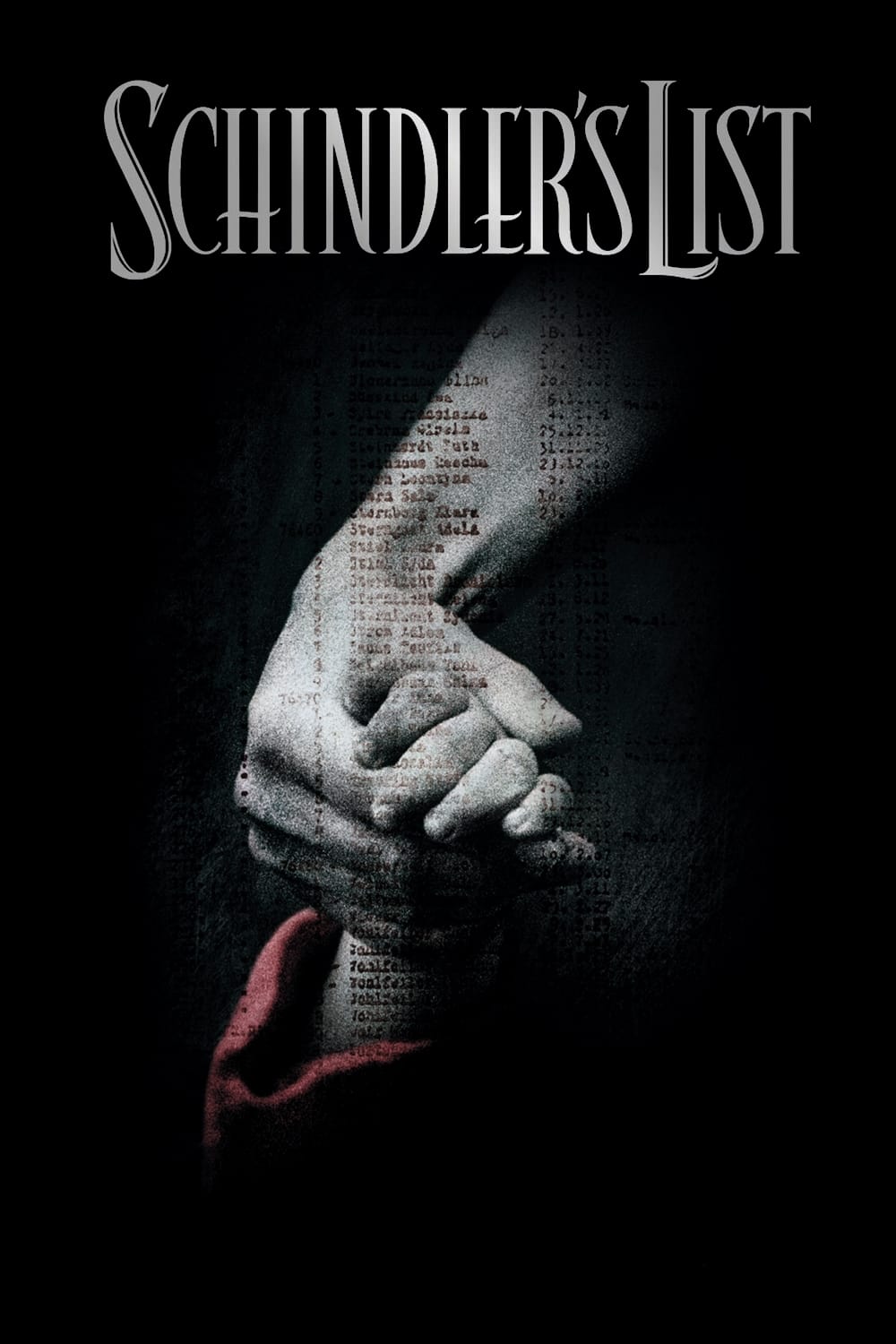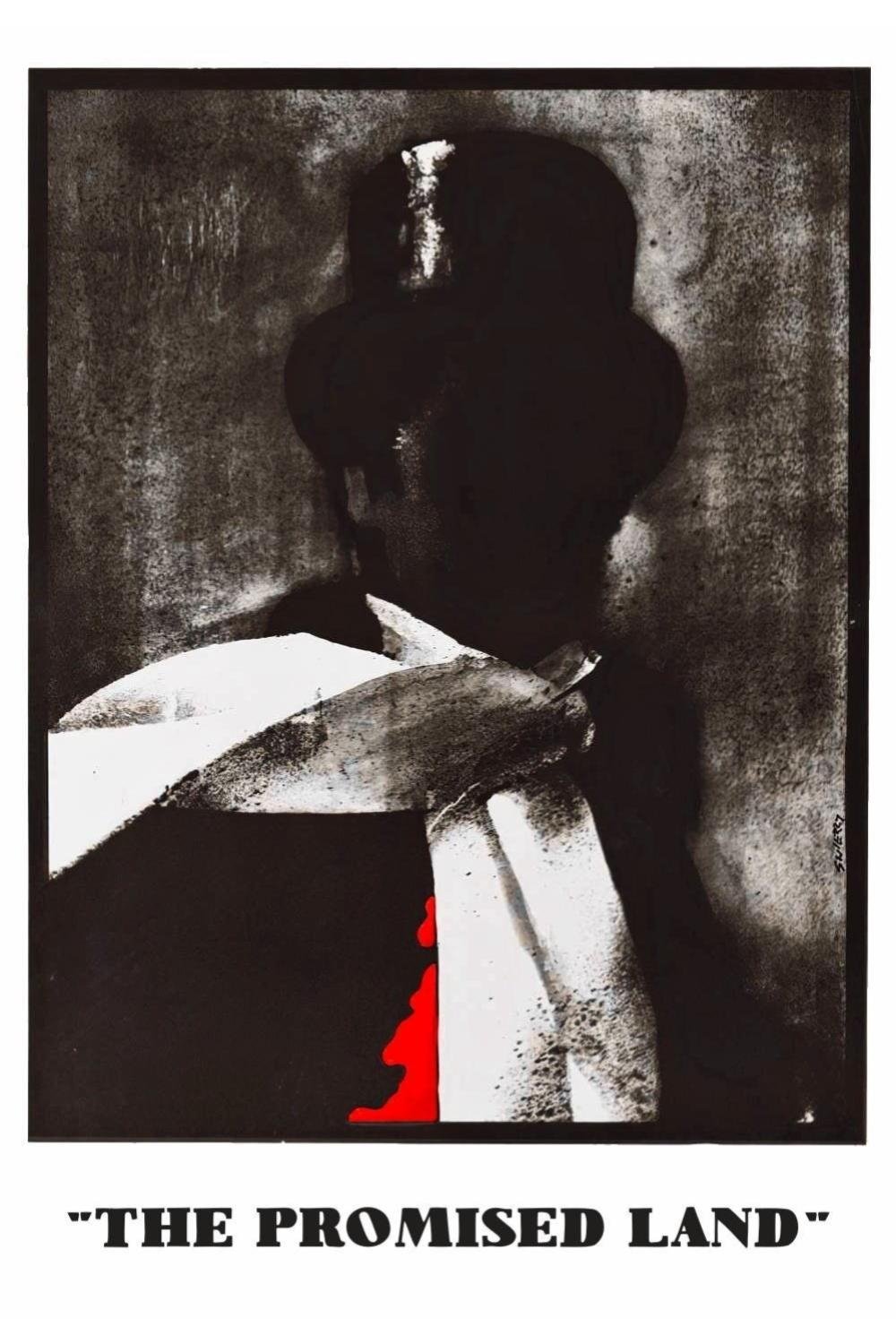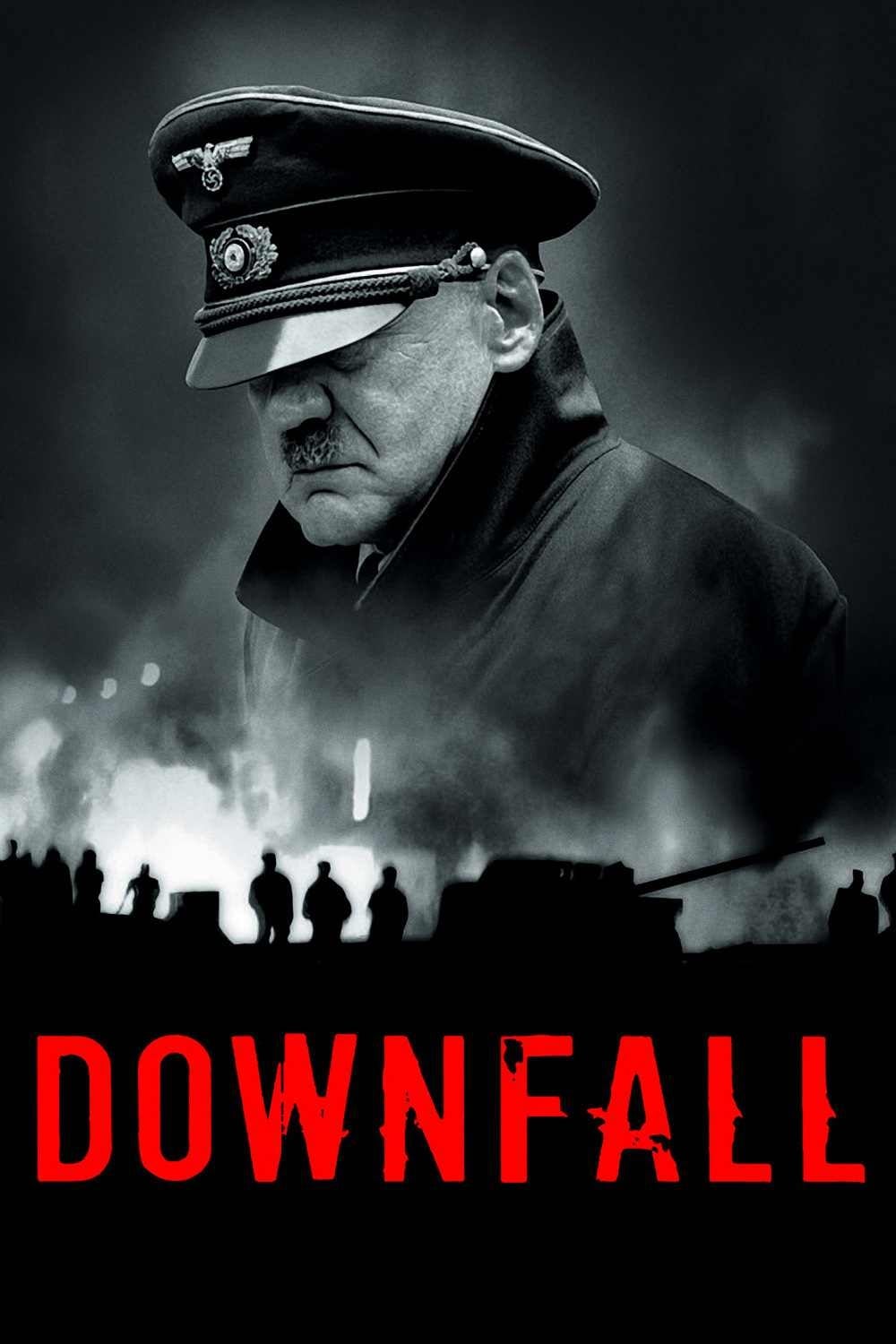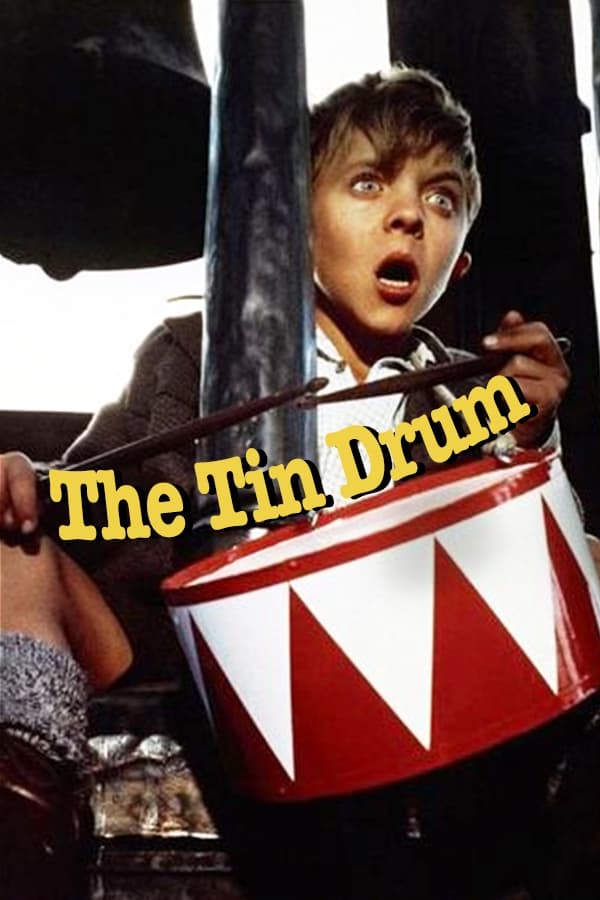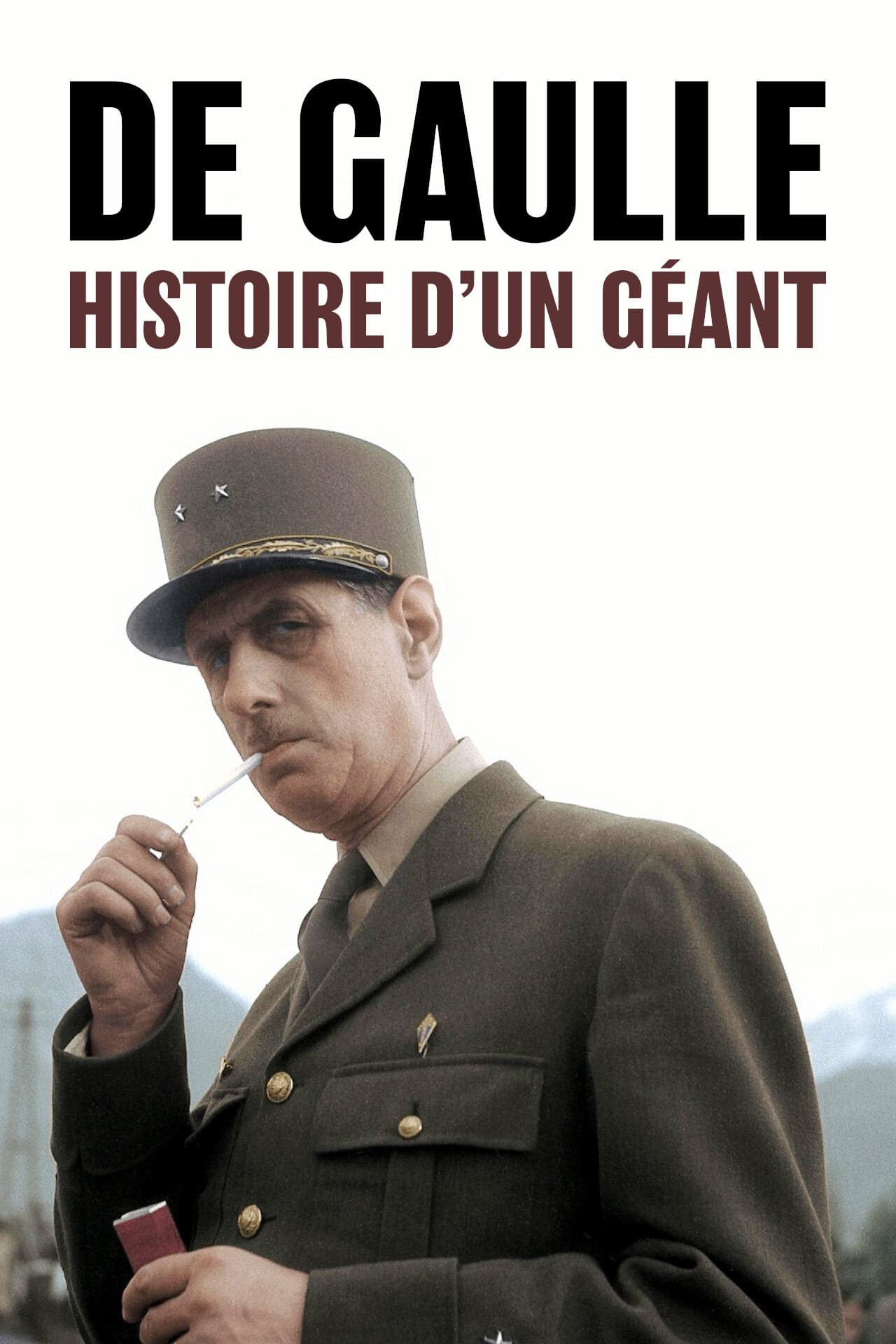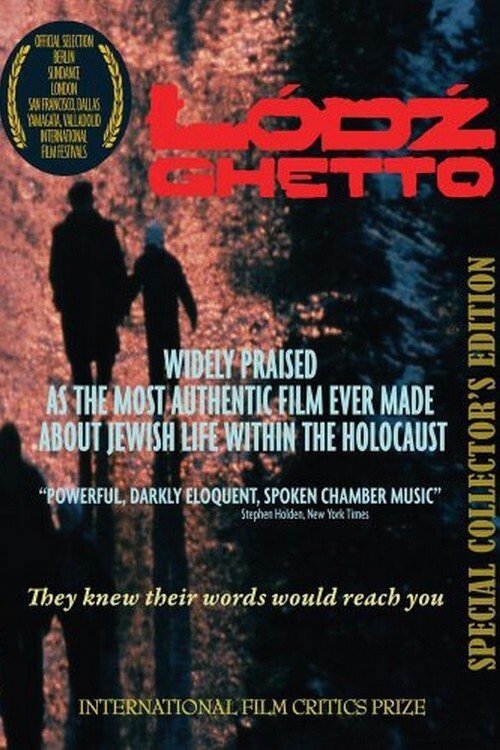
Łódź Ghetto (1989)
Released:
1989-03-22
Duration:
1hr 38min
Rating 0.0
They knew their words would reach you.
Overview
The Polish city of Łódź was under Nazi occupation for nearly the entirety of WWII. The segregation of the Jewish population into the ghetto, and the subsequent horrors are vividly chronicled via newsreels and photographs. The narration is taken almost entirely from journals and diaries of those who lived–and died–through the course of the occupation, with the number of different narrators diminishing as the film progresses, symbolic of the death of each narrator.
Production Companies

Corporation for Public Broadcasting
The National Endowment for the Humanities
Additional Info
| Budget | $0.00 |
|---|---|
| Revenue | $0.00 |
| Original Language | en |
| Popularity | 0.135 |
Directed By
Alan Adelson
Kate Taverna
Crew
Director
Alan Adelson
Alan Adelson
Writer
Alan Adelson
Alan Adelson
Director
Kate Taverna
Kate Taverna
Producer
Stephen Samuels
Stephen Samuels
Music
Wendy Blackstone
Wendy Blackstone
Director of Photography
Eugene Squires
Eugene Squires
Director of Photography
Józef Piwkowski
Józef Piwkowski
Editor
Kate Taverna
Kate Taverna
TOP CAST
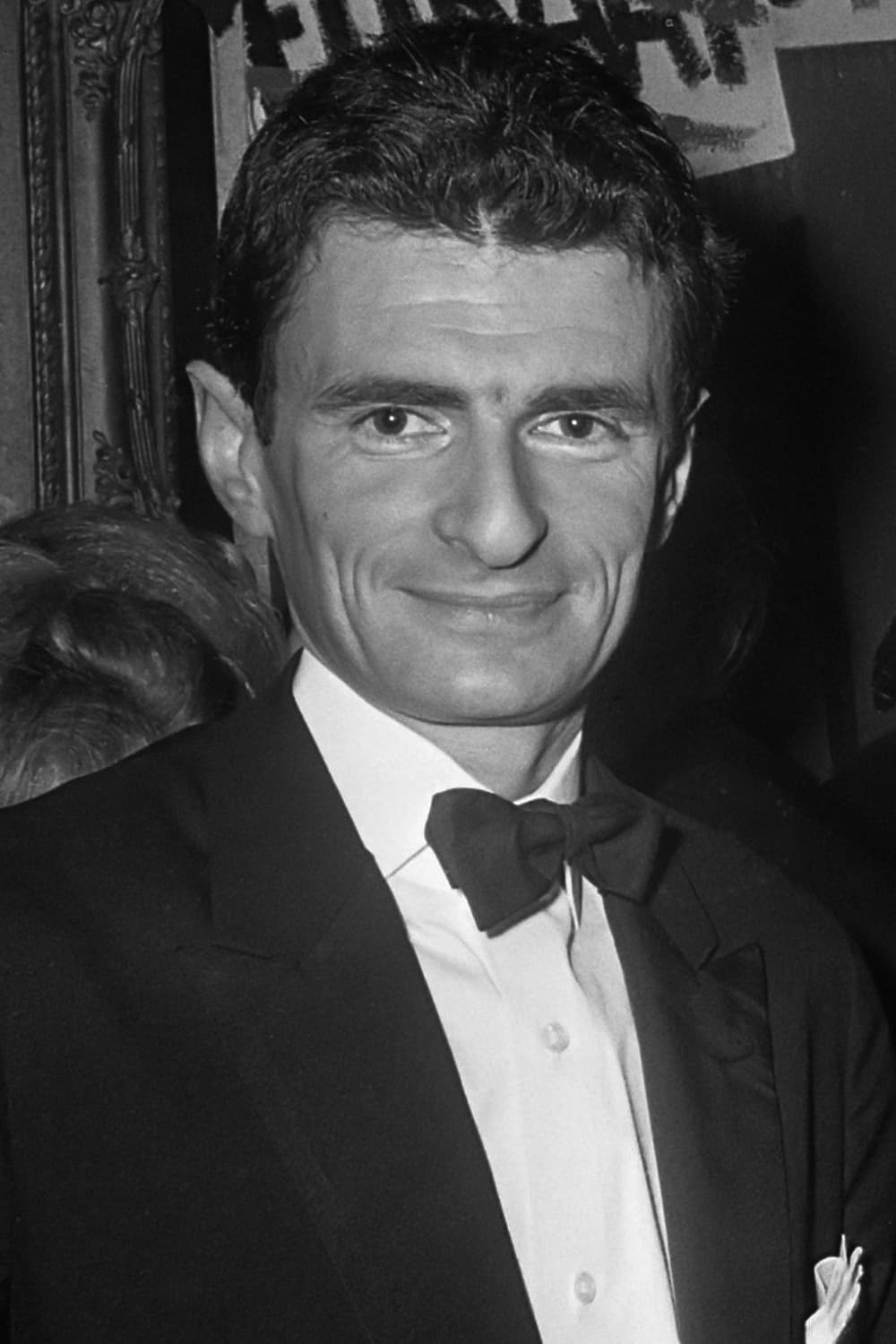
Jerzy Kosiński
Mordechai Chaim Rumkowski
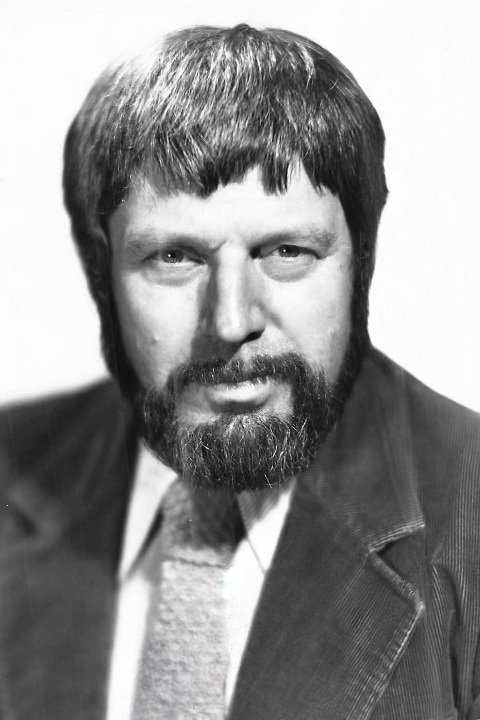
Theodore Bikel
(voice)
Julie Cohen
(voice)
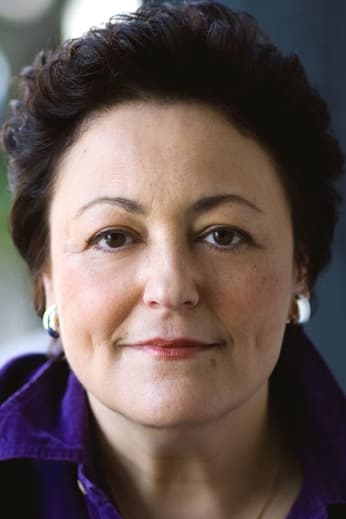
Barbara Rosenblat
(voice)
Nicholas Kepros
(voice)
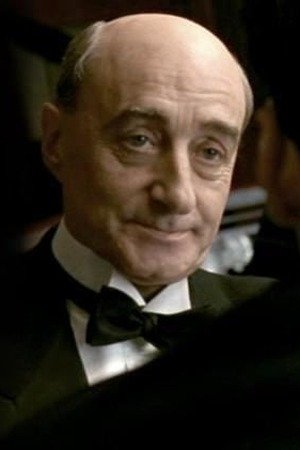
David Warrilow
(voice)
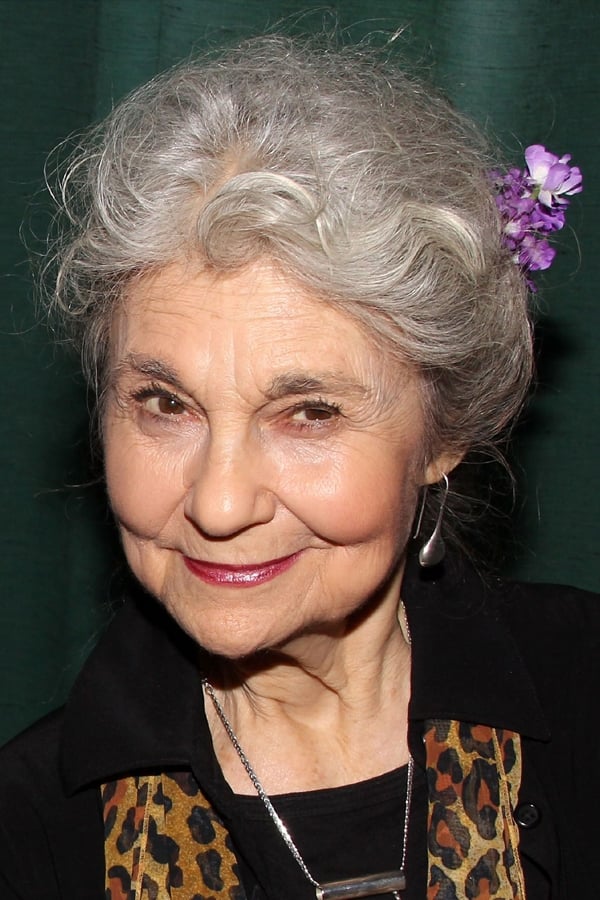
Lynn Cohen
(voice)
Frederick Neumann
(voice)
Jerry Matz
(voice)
Gregory Gordon
(voice)
Eva Wellisz
(voice)
Sam Tsoutsouvas
(voice)
